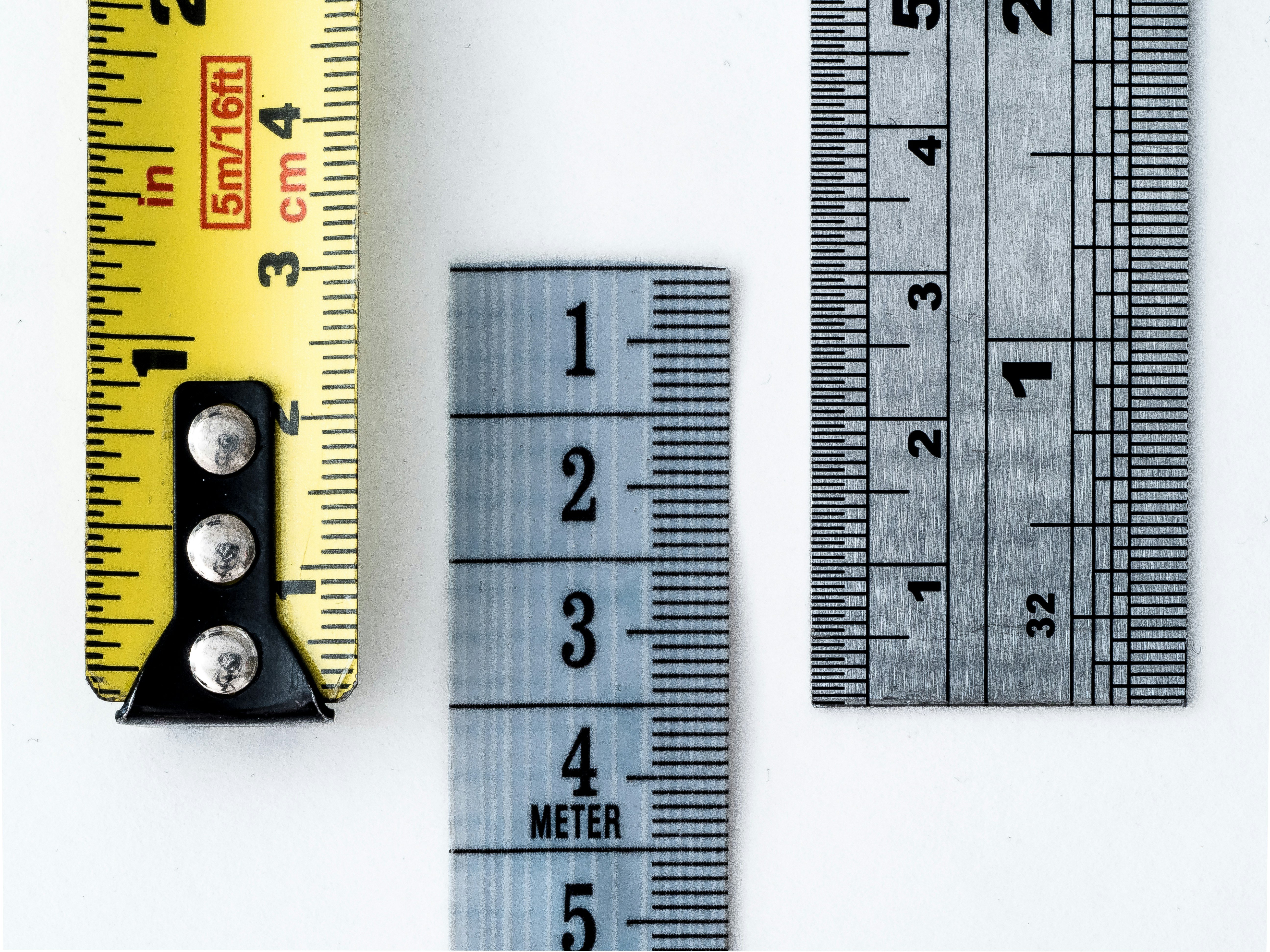

Legacy systems rarely announce themselves with big failures. Instead, they quietly drain budgets, stall progress, and limit innovation. At CoreX, we see this all the time: companies relying on technology that technically “works,” but was never designed for today’s exponential growth in pace, complexity, or customer expectations.
In our upcoming two-part eBook, The Hidden Cost of Legacy Workflows, we break down how outdated systems create invisible roadblocks that keep organizations from moving forward. Below is an excerpt that explores one of the most damaging, but often overlooked impacts: the financial and strategic waste that compounds when companies stay stuck.
The full eBook will be available for download before Thanksgiving. But in the meantime, here’s another sneak peek.
--
The Quiet Cost of Keeping Things Running
Walk into almost any organization today, and you will find at least one system that has been in place for longer than anyone cares to admit. It still runs. It still “works.” But the reality is that it was never built for the speed, complexity, and customer expectations of today.
These legacy platforms often hold the business together with aging tools, one-off scripts, and a patchwork of manual fixes. Every year, they become more challenging and expensive to maintain. And because they hum quietly in the background, the inefficiencies do not feel urgent until they are impossible to ignore.
That is the trap: the costs are hidden, but they pile up fast.
Modernization is not just an IT upgrade. It is business protection. If your operations are still running on outdated systems, you are not just behind schedule. You are playing catch-up in a game where the pace never slows.
Why Companies Stay Stuck
On paper, modernizing sounds like an easy decision. In reality, it’s rarely that simple. Some of the biggest barriers have nothing to do with technology.
- Sunk-cost thinking. After years of investment in money, training, infrastructure, and time, it is hard to walk away. But the more you invest in an outdated system, the further it drifts from your current needs.
- Fear of disruption. Leaders worry about budget overruns, failed implementations, or being held responsible if things go wrong. That fear fuels decision paralysis and keeps familiar systems in place long after their expiration date.
- No clear path forward. Even with executive buy-in, weak change management can stall progress. If teams are not aligned, users are nervous, and no one trusts the rollout plan, modernization dies before it begins.
When Technical Debt Turns into Strategic Debt
Legacy systems do not just sit in the background. Over time, they shape the way your business works. They influence team structures, decision-making, and which tools become embedded in daily operations.
Technical debt slowly becomes strategic debt, and it shows up in costly ways.
- Technology becomes overhead. More time is spent patching and troubleshooting than driving transformation.
- Employees lose energy. Workarounds and outdated tools chip away at productivity and morale.
- Leadership focus is diverted. Instead of building the future, leadership time is spent defending past investments.
These are not just IT issues. They drain momentum, slow innovation, and limit growth, even if they never appear on a quarterly report.
Whether you are still holding on to outdated tools or you have invested in ServiceNow but are not seeing its full potential, this guide will help you identify the hidden costs slowing you down, uncover the real blockers to change, and take practical steps toward smarter, more connected operations.
The real cost of legacy is not only what you spend to keep it running. It is what it costs you when you fail to move forward.
Hidden Cost 1: Financial Waste & Investment Misallocation
Though legacy systems rarely show up as line items, they affect your budget all the same, consuming time, attention, and resources that could otherwise be spent on innovation and growth. From redundant software spend to exorbitant upgrade costs, these hidden expenses compound. As a result, IT budgets expand without delivering strategic value, and opportunities pass by while teams stay stuck in maintenance mode.
Every hour spent troubleshooting legacy tech is an hour not spent building something new. As outdated systems stay in place, they absorb time and attention that could be driving forward-looking initiatives.
- Leaders are forced to prioritize stability over strategy.
- IT teams focus on keeping outdated platforms functional instead of advancing automation, AI, or better digital experiences.
- Funds that could fuel growth end up covering emergency fixes.
Over time, the biggest cost isn't what’s being spent, it’s what isn't being pursued.
Silent Budget Bloat
Legacy systems rarely break the budget in one dramatic blow. Instead, they create a slow drip of waste across tools, vendors, and departments.
- Teams purchase duplicate tools to compensate for systems that can’t communicate.
- Built-in capabilities go unused, while separate apps are licensed on top to fill the gaps.
- Older platforms often require premium support or nonstandard licensing, with hidden costs that pile up over time.
- Without a unified strategy for tooling, spending becomes reactive and scattered across teams with no clear accountability.
What looks like a tooling issue is often a visibility problem, and without clear oversight, small inefficiencies persist and drain budget over time.
For example, imagine a healthcare provider had invested nearly a decade in customizing an on-premises patient records system. Leadership feared replacing it would risk compliance gaps and service disruptions, so they continued layering manual processes on top of outdated infrastructure.
Over time, the system’s limited integrations slowed patient intake, increased billing errors, and frustrated clinical staff. Yet modernization efforts repeatedly stalled because the initial investment was viewed as “too big to walk away from.”
Modernization projects are often delayed because the current system technically still works. But as companies wait, the price steepens.
- Outdated hardware gets harder (and more expensive) to replace.
- Legacy systems introduce failure risks that can ripple into production errors, compliance gaps, and costly outages.
- As tech ages, so does the institutional knowledge required to support it, making future transitions slower, harder, and more expensive.
- As these systems remain in place, technical debt compounds, adding months or years to eventual transformation efforts.
Postponing upgrades doesn’t pause the problem; it only lets it grow more expensive.
--
What you just read is only the beginning of the conversation. In the full two-part release, we'll dive deeper into how outdated systems affect employee productivity, customer experience, compliance, and long-term growth, and what practical steps leaders can take to turn technical debt into a modernization strategy.
Next month, be sure to download Part 1 of The Hidden Cost of Legacy Workflows eBook to see how your organization can cut through the noise of “keeping the lights on” and start investing in smarter, more connected operations.



